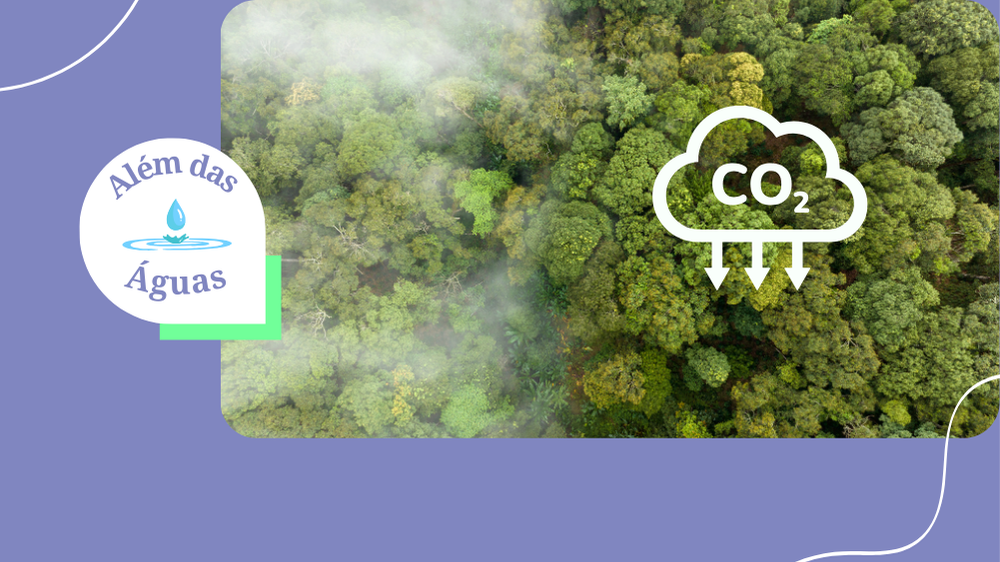Beyond water – Carbon market and basic sanitation
The carbon market and basic sanitation are more interconnected than you might think, especially when we talk about greenhouse gas (GHG) emissions.
Recent studies from universities around the world reveal that river pollution is the second biggest cause of GHG emissions in urban areas.
And the most alarming fact is that methane (CH4), released by the degradation of organic matter in polluted aquatic environments, can be up to ten times more polluting than carbon dioxide (CO2).
The Role of the Carbon Market
There is no new water on the planet, what we have is more or less polluted water. Between one or the other is social inequality, where there are neighborhoods on the outskirts that live with water rationalization and others with optimal levels of water management.
The carbon market financially encourages projects that aim to reduce GHG emissions into the atmosphere. And this is where basic sanitation comes into play.
Improving sanitation and cleaning up rivers contributes to public health, improves people's quality of life and can also generate carbon credits for the world.
For every ton of CO2 not emitted, a carbon credit is generated. In this way, when a country manages to reduce its emissions by one ton, it receives certification from the Clean Development Mechanism (CDM). This means that the country acquires carbon credits that can be traded with nations that have not met their emissions reduction targets.
In a world where sustainability is increasingly urgent, the relationship between the C02 market and basic sanitation stands out. It is an essential example of how the integration of environmental and social policies can generate benefits for the entire community.
